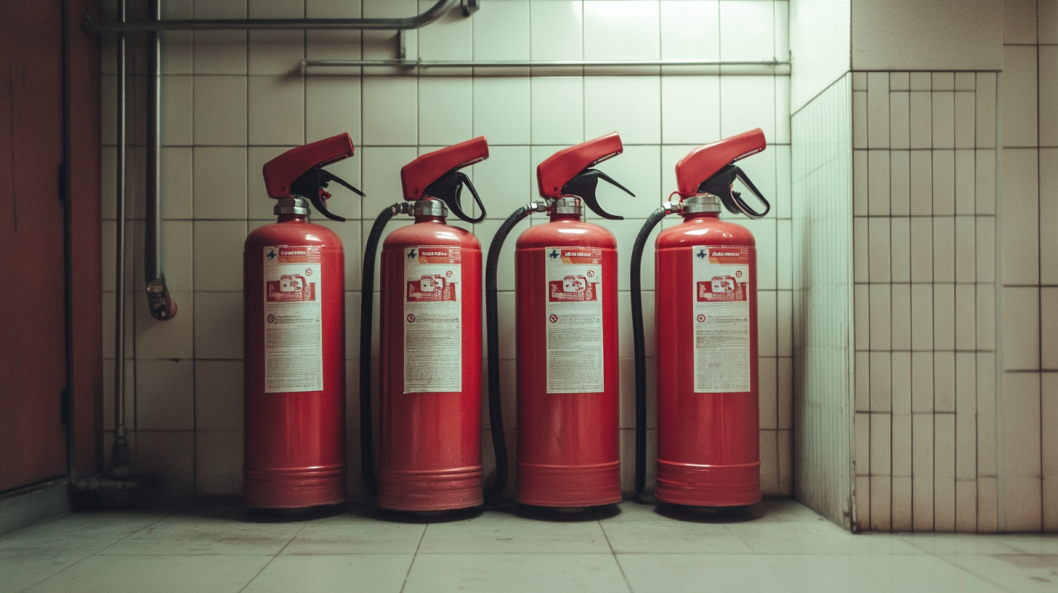Ensuring a safe environment is crucial for any workplace or residential setting, and implementing effective safety protocols, including fire protocols, can significantly mitigate the risks associated with fires and other emergencies. Adhering to these guidelines not only complies with legal requirements but also promotes the well-being of all individuals present.
In my professional opinion, effective safety protocols are not just regulatory obligations but essential practices that safeguard lives and property. Occupational safety practices, in particular, are crucial for creating a safe and healthy work environment. As someone deeply entrenched in health and safety, I’ve witnessed the devastating consequences of inadequate safety measures. The reality is that emergencies can happen at any time, and having robust fire protocols and safety measures in place can be the critical factor that determines whether an incident is managed effectively or escalates into a disaster. Here are the essential safety protocols to follow:
1. Regular Risk Assessments
Conducting regular risk assessments is fundamental to identifying potential hazards and vulnerabilities. Evaluate the risks associated with your environment, including flammable materials, electrical installations, and emergency exits. Update your risk assessment frequently to reflect any changes in the layout or use of the premises.
2. Fire Safety Training
All employees or residents should receive comprehensive fire safety training. This includes understanding the types of fires (Class A, B, C, D, and F) and the appropriate extinguishing methods for each. Training should also cover emergency procedures, including evacuation plans and fire extinguishers. The Regulatory Reform (Fire Safety) Order 2005 mandates that all non-domestic premises must have a fire risk assessment and that employees must be provided with adequate fire safety training.
3. Installation and Maintenance of Fire Safety Equipment
Ensure that fire safety equipment such as smoke alarms, fire extinguishers, and sprinkler systems are installed according to the relevant standards. Regular maintenance and testing of this equipment are essential to ensure it is operational in an emergency.
4. Clear Emergency Exits and Routes
Emergency exits and escape routes must be marked and unobstructed at all times. Conduct regular drills to ensure everyone knows the evacuation plan and the quickest and safest routes out of the building.
5. Electrical Safety
Routine inspections of electrical systems can prevent potential fire hazards. Ensure that qualified professionals carry out all electrical installations and that any faulty wiring or equipment is repaired or replaced promptly.
6. Safe Storage of Flammable Materials
Flammable materials should be stored in designated, well-ventilated areas away from ignition sources. Use appropriate containers and labels to indicate the nature of these materials. Ensure that safety data sheets are available and accessible.
7. Implementation of a Fire Safety Policy
Develop and enforce a comprehensive fire safety policy tailored to your specific environment. This policy should outline fire prevention, detection, and response procedures and should be communicated clearly to all individuals involved.
8. Regular Drills and Simulations
Conduct regular fire drills and emergency simulations to test the effectiveness of your safety protocols. These exercises help identify any weaknesses in the emergency plan and provide valuable practice for everyone involved.
9. Maintaining Good Housekeeping Practices
Good housekeeping is crucial for fire prevention. Keep work areas clean and free from clutter, which can contribute to fire hazards. Dispose of waste materials promptly and address any potential fire hazards immediately.
10. Emergency Contact Information
Ensure that all individuals, including the fire department, medical services, and internal safety personnel, have access to emergency contact information. This information should be readily available in multiple locations throughout the premises.
Here’s the updated version:
According to experts, integrating fire safety protocols into our daily routines and consistently reinforcing them is essential in preparing for emergencies. By doing so fosters a culture where safety remains at the forefront of everything we do. This proactive approach enhances our readiness in the face of potential crises. It cultivates an environment where safety is not just a standard but a shared responsibility, deeply ingrained in every action we take.





